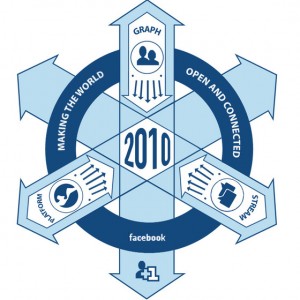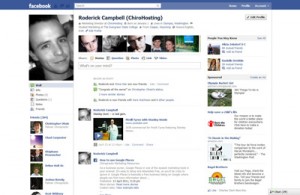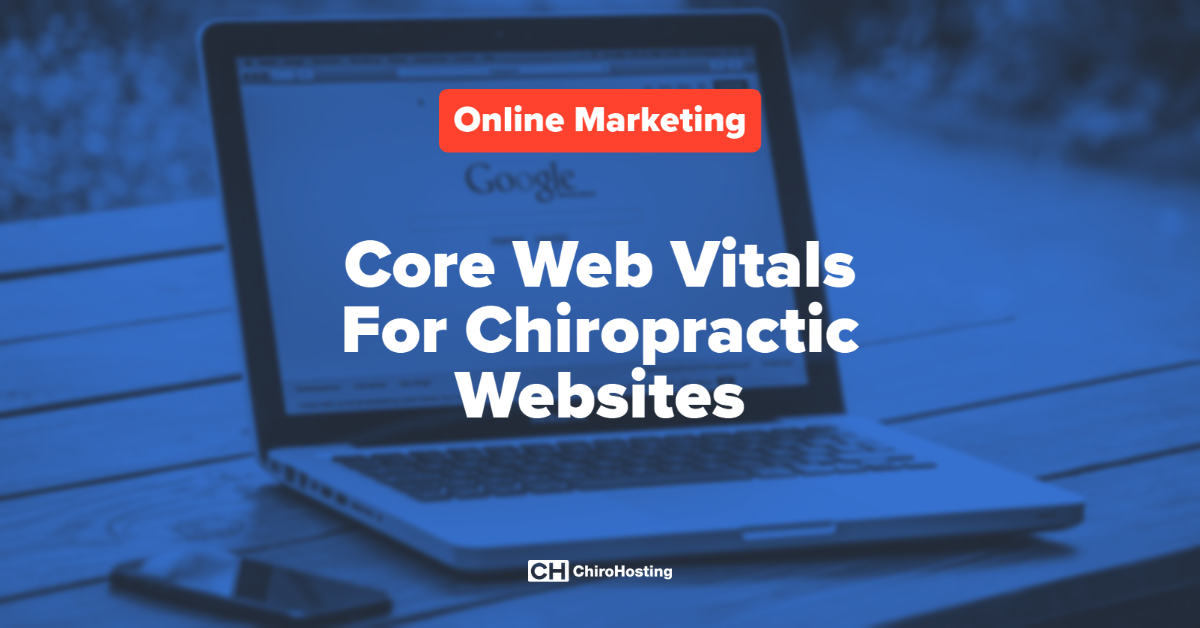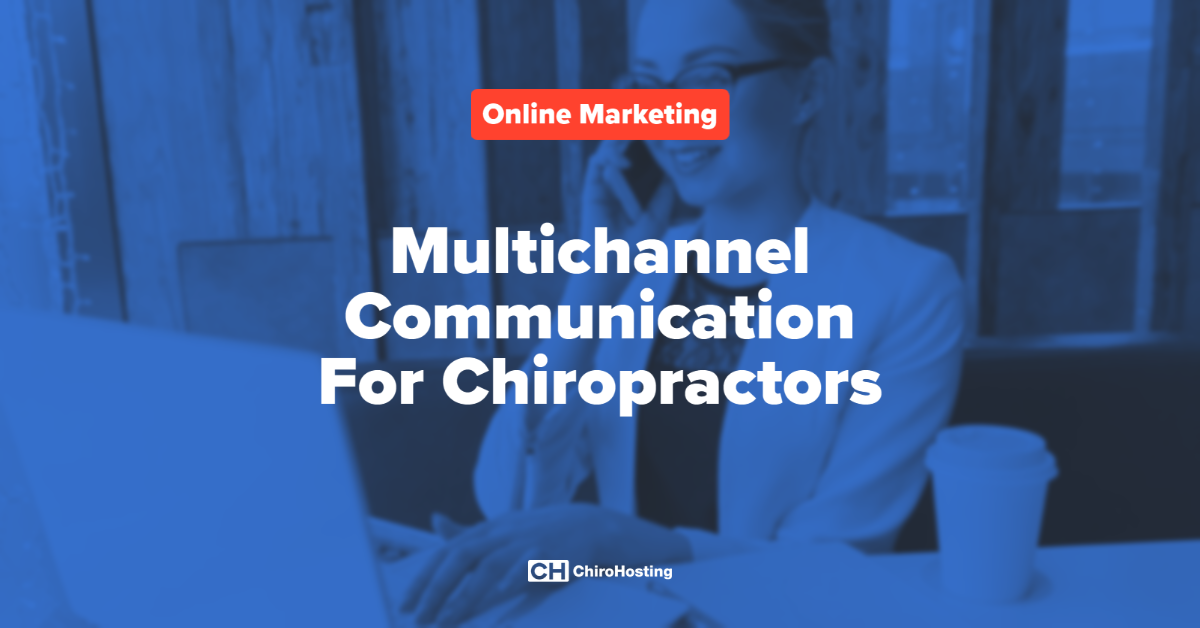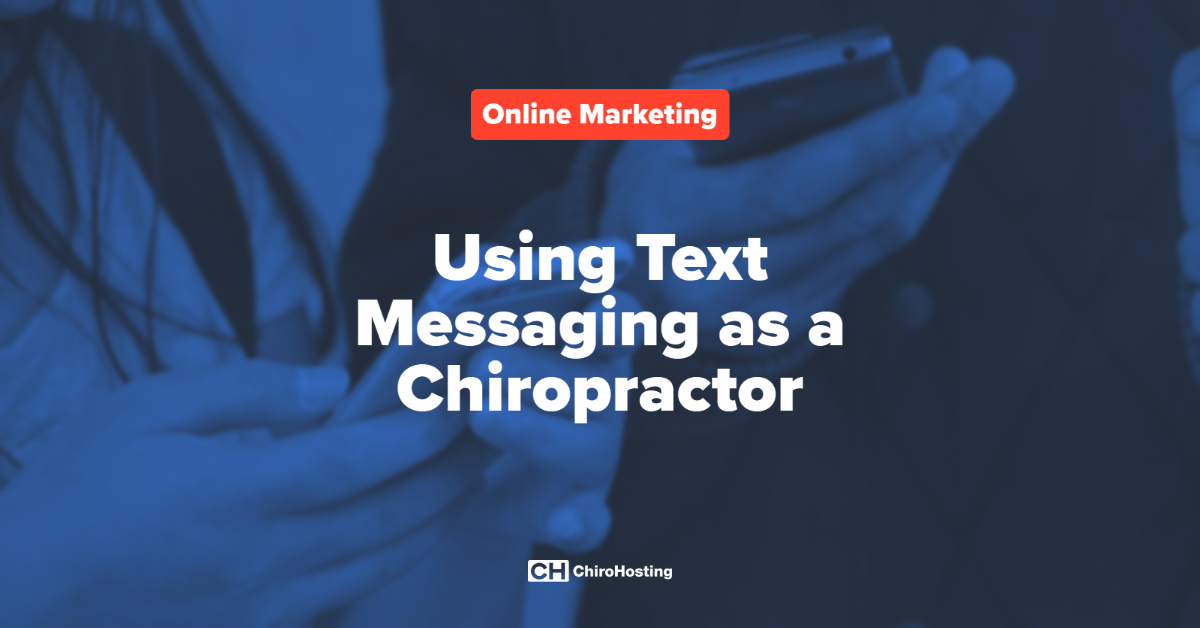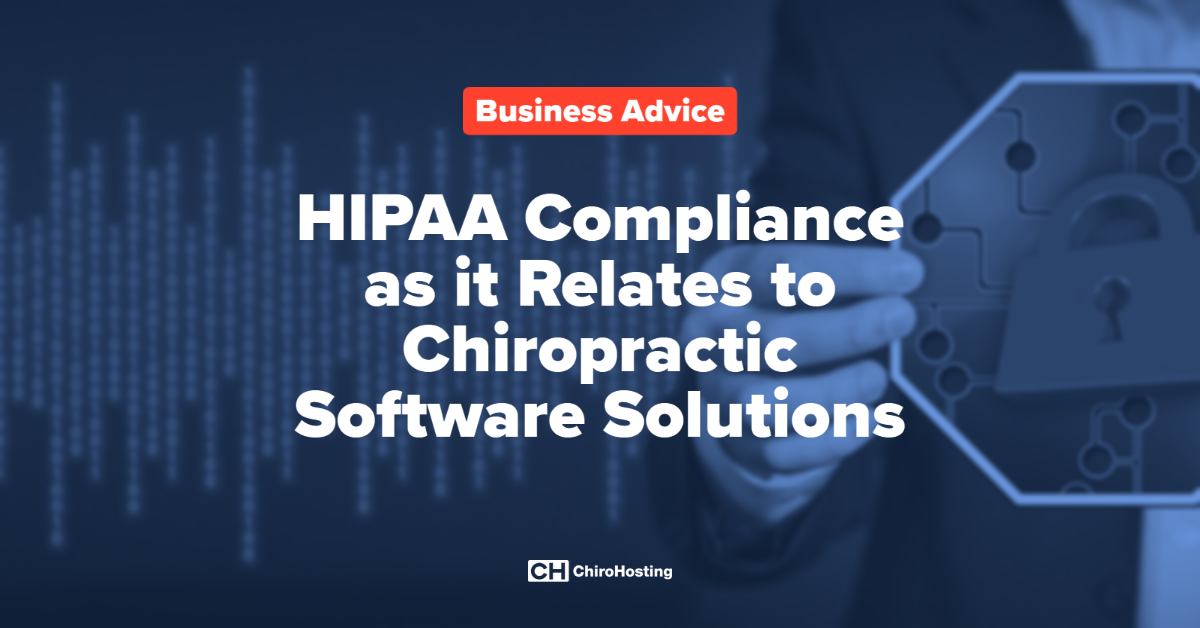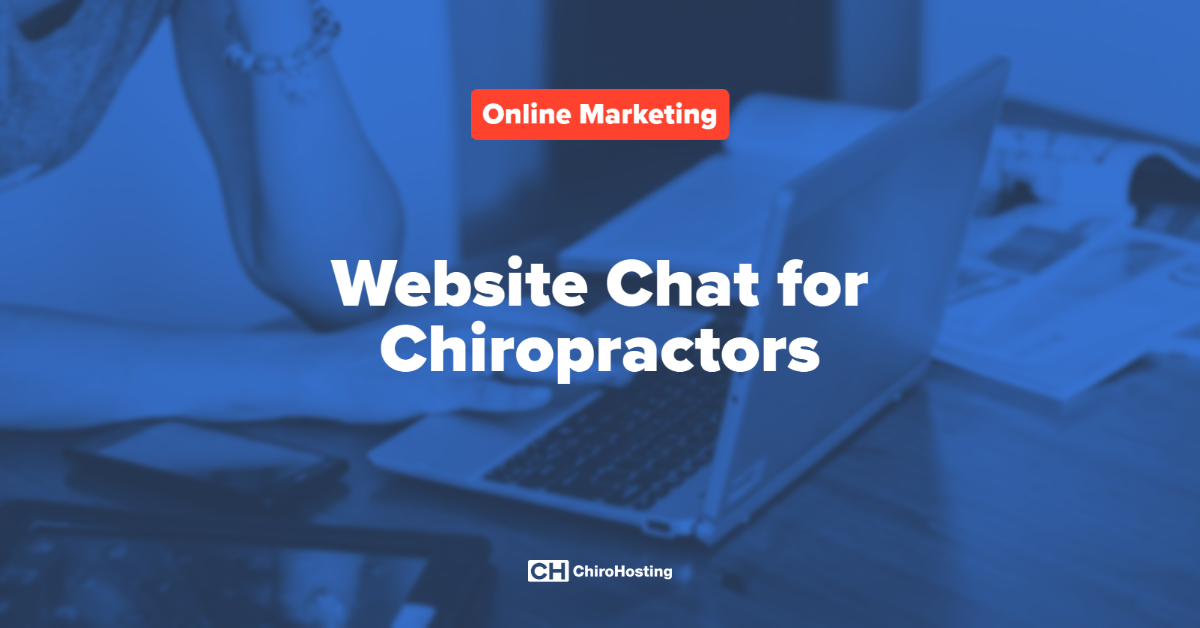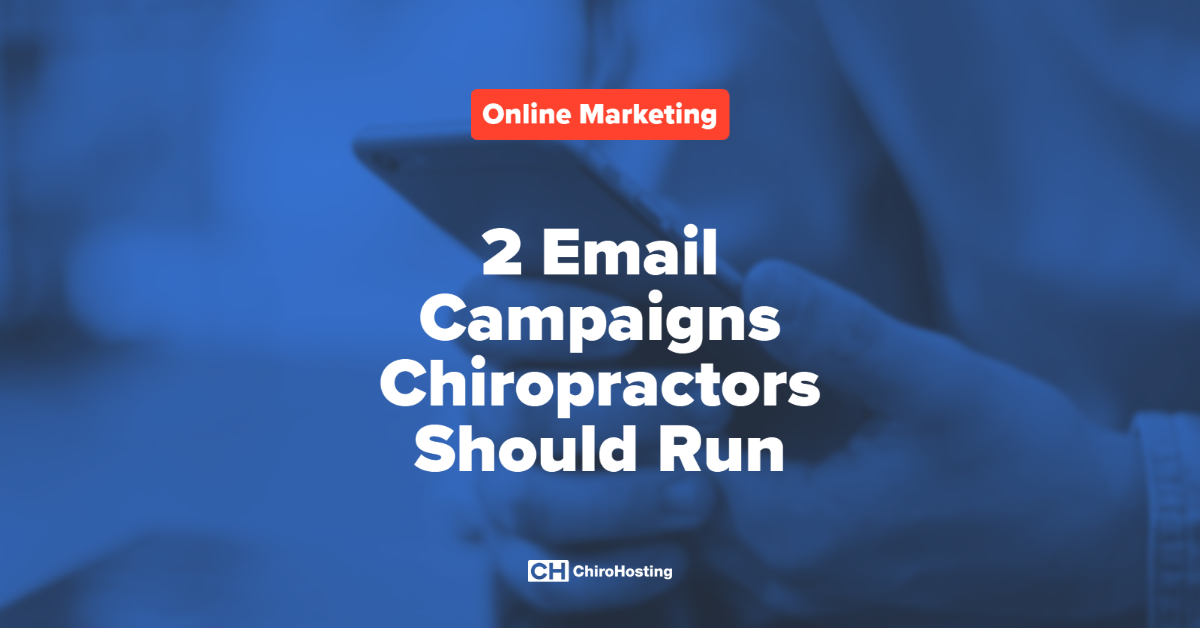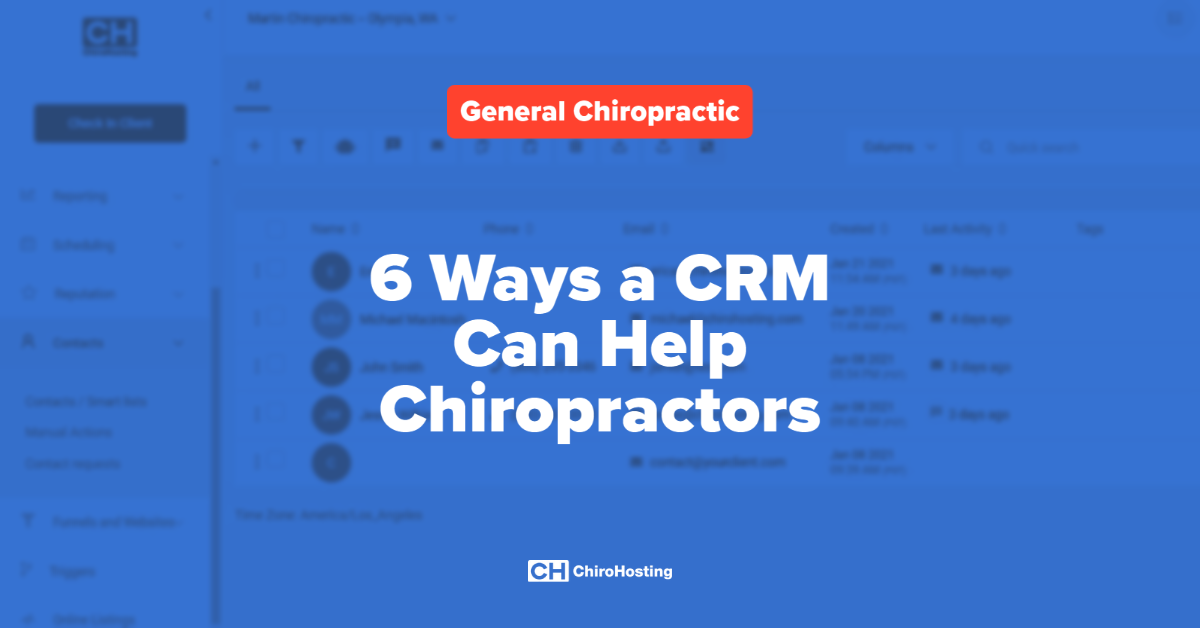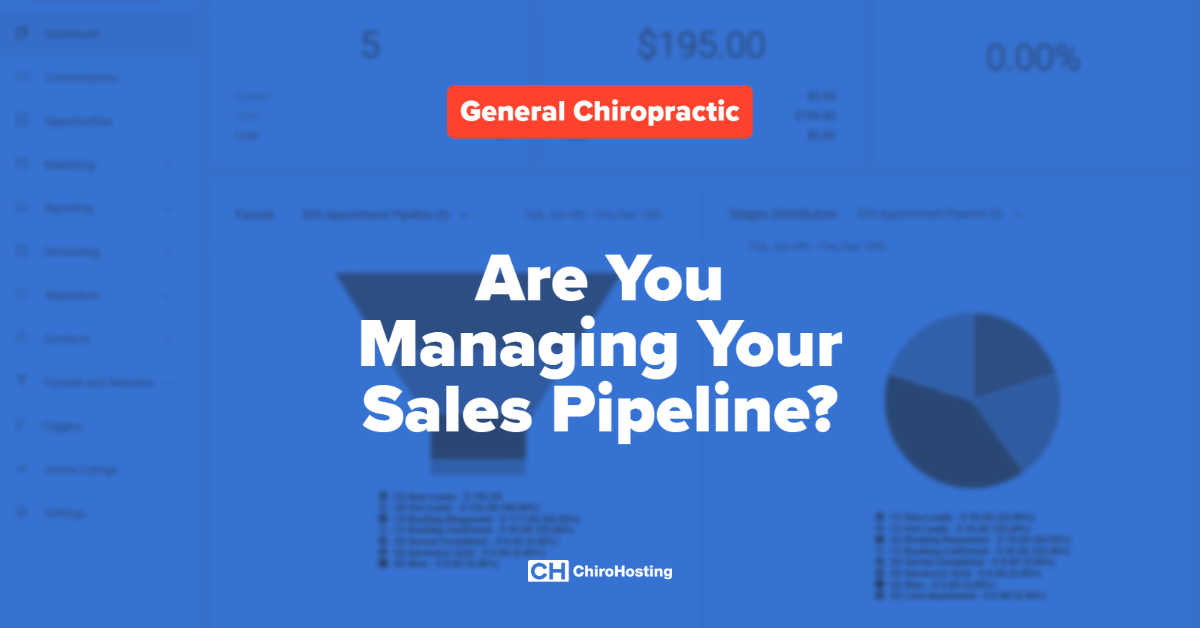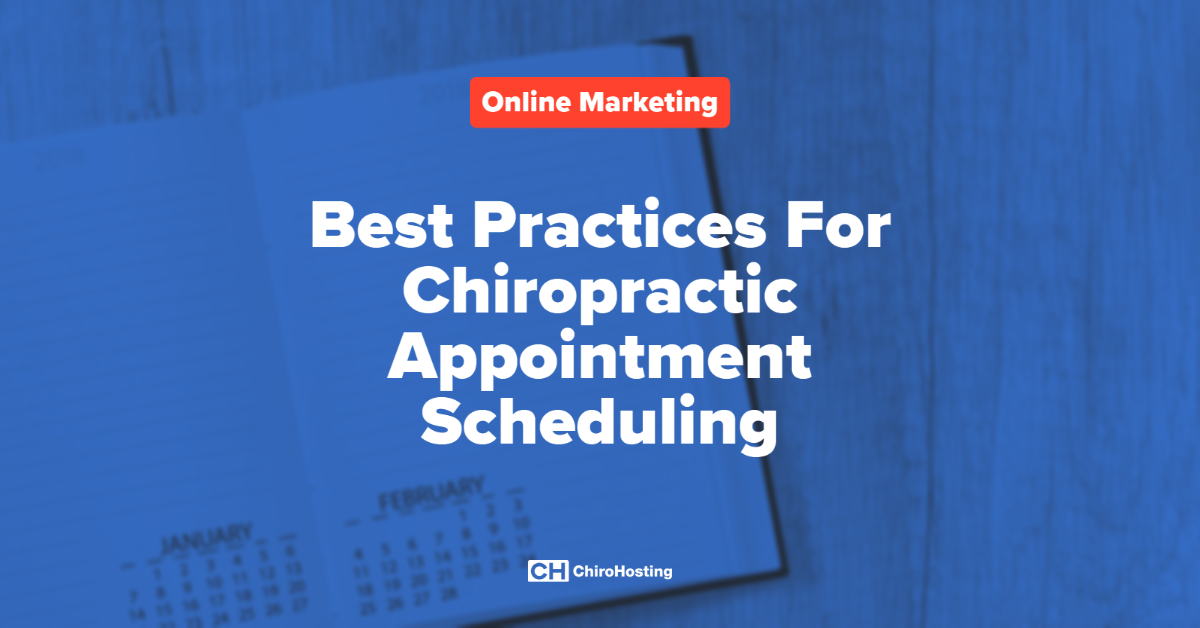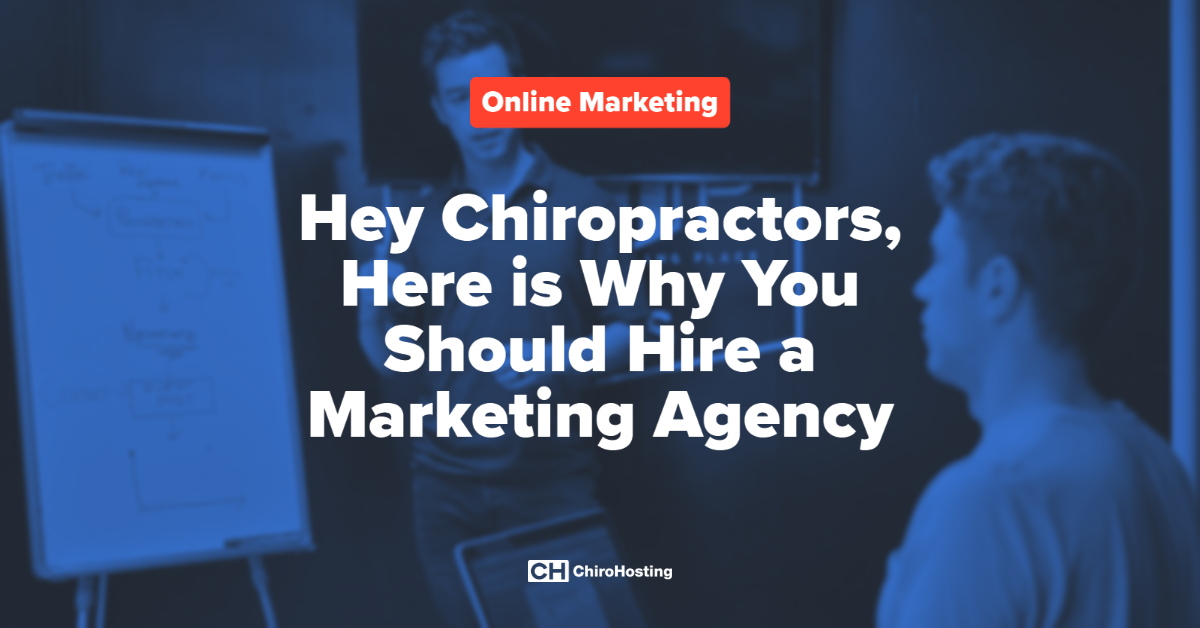
Overview

Facebook is a social media website that was founded in 2004 by a geeky Harvard student named Mark Zuckerberg. The website began as a silly website called FaceMash that took photos of Harvard students and placed them side-by-side, allowing users to choose which person was more attractive. The website went viral almost instantly and attracted so much traffic that it crashed the Harvard servers, an impressive feat for a college undergraduate. This got Mark into serious trouble but didn't prevent him from continuing development. Several months later, Facebook was born and was available exclusively to college students. The site was a huge success and has grown to over 500 million active users worldwide. (For more background information, check out The Social Network)
So what does Facebook do, exactly? It's a social networking site that allows people to stay connected with their friends, community, and local businesses in an organic and meaningful way. It's a digital reflection of the real world that allows for complex, interesting communication. Imagine walking into a room with several hundred thousand people -- the same benefits and challenges apply on Facebook. For instance, the networking potential is huge and it allows for rapid business growth if you have something exciting to offer. It's also a great tool for educating clients and changing public opinion. That said, some of the challenges are: how do you connect with new people, how do you actually generate revenue, and what kinds of messages work?
With over 500 million active users and over 70% of the American population actively using Facebook, it's no longer a matter of whether or not you should be using Facebook, but rather how you should be using it. This marketing guide will help answer that question.
Targeting your Audience
The success or failure of your Facebook marketing strategy will be largely determined by the quality of your audience. Without an active audience, you'll be shouting into empty space and wasting time. Building an audience is the first step in any Facebook marketing campaign and it requires more than just racking up a huge number of friends on Facebook. Before you even create your Facebook account,
you should sit down with a pen and paper and contemplate who your ideal audience is. What are their demographics: age, gender, ethnicity, language, income, education? What are their psychographic traits: linguistic habits, cultural perceptions, preferred colors? Write up 3-5 ideal "people" who you want to target and include as much information about them as possible. The more complete you make these initial profiles, the better you'll be able to communicate with your audience and the more successful your campaign will be. If you don't take the time to do this initial homework you'll be shooting in the dark with a blindfold on.
Once you have a handful of audience profiles, take time to think about things like: what does this person care about most? what kind of linguistic patterns do these people prefer? which of my services or products will benefit this person most? After you've answered these questions, you're ready to start setting up your Facebook profile and business page.
Creating your Profile
Your first step is to create a profile. This is your digital persona and it's what people will see when they look at you. Think carefully about what you want to include and what story you want to tell about yourself and your company. Don't censor yourself too much but be aware that everything on your profile will be scrutinized by someone. Remember that it's perfectly okay to include things that will irritate some folks, as long as your target audience likes it. For instance, listing "Liberal" under your political preference will naturally appeal to some people and repel others -- I recommend including that information as long as it accurately conveys your personality and doesn't create a negative impression with your target audience. If you're living in a highly conservative area, you might want to consider leaving "Liberal" off your profile. It's entirely up to you, but make a conscious decision.
I also recommend adding lots of photos to your Facebook profile. Remember that Facebook is all about genuine human interaction, which means people will enjoy looking through pictures of you. Try to include photos of you doing active, interesting things and family oriented photos. This will help portray you as a complete, interesting person and will make you more appealing to your audience. Your goal is to create as much resonance with your audience as possible. In other words, if you're targeting golfers and sailors you should probably include pictures of you golfing and sailing -- otherwise you won't have as much common ground and communication will be harder. Figure out what imagery will appeal to your audience and then upload that kind of content.
Building your Network
Now it's time to build your audience! At this point, you should know exactly who your target audience is and you should have a complete profile that's designed to appeal to that audience. When it comes to actually expanding your network, you'll have a few options and I recommend using as many as possible. Your first option is simply to go through people in your area and send Friend Requests to as many of them as possible. This is a straightforward process: you find people who you want to connect with and you send them a request to become friends. If they accept, you'll be added to each other's network. The only downside to this strategy is that Facebook will limit the number of people you can send requests to and they'll eventually limit your ability to send friend requests if you overdo it. My recommendation is to send no more than 5-10 requests per day and I recommend selecting the people carefully. The number of people you connect with is less important than the quality of connection. Focus on adding a few great people per day rather than hundreds of random people.
Another strategy is to connect with existing clients and friends. The easiest way to find these people is by exporting your email contacts and uploading them to Facebook. This handy little technique will automatically filter through all of your emails and it'll find lots of people who you may know. You can also bulk upload your client database emails, although I recommend adding no more than 500 at a time. If you add more than that, you'll probably get temporarily suspended for adding a suspiciously large number of people at a time. These temporary suspensions aren't a big deal but they're annoying. You should also tell clients to find you on Facebook and you should offer some kind of benefit. For instance, host a monthly photo contest and offer a nice gift for the winner. This is one of my favorite strategies for network expansion and improving audience engagement. Photo contests build community, tap into people's competitive drive, generates a lot of activity around your business, and makes everyone happy. You should also upload the monthly (or weekly) winner's photo to your website along with a quick blurb about that person. This will make the winner extra happy and they'll send their friends and family to your website to view the photo, which is even more exposure for you!
Running a Facebook Ad campaign is another great option. These campaigns allow you to target people according to detailed demographic data like age, location, interests, and level of education and running a Facebook Ad can be extremely cheap -- under $0.75 per click for most cities. In my experience, Facebook Ad campaigns are only successful if they're well targeted and if you have compelling content. If you don't have compelling content, you'll probably waste your money. My advice is to allocate $200 to running a test campaign once your Facebook profiles are up and running. After running the campaign for 30 days, you'll know whether or not it's valuable (assuming you manage the campaign correctly and understand the data).
Last, but not least, you should create awesome content. I'll talk about this more in the next segment...
Awesome Content Rules
Content, more than anything else, will determine the success or failure of your campaign over the long haul. Facebook allows you to post all kind of stuff: photos, videos, links, notes, comments, and status updates. The question is, what should you post? What content will resonate the most with your audience? There's no absolute rule here and it'll probably take some trial and error. Generally speaking, photos get more response that text and videos get more response than photos. You should sprinkle in a bit of everything but try to upload a steady stream of photos and an occasional video.
 You should also apply a liberal dose of humor whenever possible. This requires a bit more work but it pays off big time. Be very cognizant that what you think is funny might not be humorous to your audience and, when in doubt, err on the side of caution. A bit of cheekiness and whimsy can work wonders, but it's easy to stray into sounding goofy or dumb. People are generally forgiving on Facebook and it's better to push the envelope than to play it 100% safe and come off as boring.
You should also apply a liberal dose of humor whenever possible. This requires a bit more work but it pays off big time. Be very cognizant that what you think is funny might not be humorous to your audience and, when in doubt, err on the side of caution. A bit of cheekiness and whimsy can work wonders, but it's easy to stray into sounding goofy or dumb. People are generally forgiving on Facebook and it's better to push the envelope than to play it 100% safe and come off as boring.
Another great strategy is to write a steady stream of blog articles on your website and to upload them to Facebook. This will attract people to your website and you might even develop a steady readership. Just make sure the blog articles are actually interesting! I have to constantly pull myself back from using "tech" language when I write these articles and I have to avoid going too far into the esoterics of online marketing and social media. Most of you folks probably don't want to hear me ramble on about prevalent linguistic patterns for Generation Y Facebook users. Likewise, your readers probably won't be interested in the highly technical side of your industry. Stick to concepts that your audience will understand and benefit from. That last part about benefits is really important. Your content needs to benefit your audience. This can be as simple as posting an amusing photo that makes someone laugh or as meaningful as posting a health article that changes someone's life.
The best content is interactive. Remember that social media is a living, breathing environment -- it's not a billboard. Your content will get more responses if you engage your audience by asking questions or playing games like "caption this photo". Allow your audience to participate and reward them for their participation. Every time someone interacts with you online, they're promoting you to their entire network. When someone posts a comment on your photos, there's a high probability that your photo will then be viewed by 100+ people in their network. Interaction is the end goal on Facebook and it pays off in the real world by improving your visibility and increasing the number of people coming through your doors. Increasingly, consumers are making purchasing decisions based on what their friends are talking about online. The short and sweet of it is this: get your patients to talk about you and interact with you on Facebook and you'll see tangible financial results.
Professional Help
Admittedly, social media marketing is time consuming and requires some expertise. Anyone can use Facebook, but very few people are able to consistently achieve tangible results. For these reasons, many business owners are turning to social media experts for training or management services. These services can be extremely valuable, but the social media marketing industry is also swarming with low-quality knockoff services, scam artists, and snake oil salesemen. If you're thinking about working with a professional or a firm, you should remember the following tips:
1. Ask for Hourly Receipts
This weeds out many of the scam artists and knockoff services who charge exorbitant rates for very little work. Remember that social media is time consuming and requires a lot of work, but it's perfectly reasonable to expect hourly work receipts that prove what work was being done and how many hours were spent on your account per month. If you break down a service this way, you'll know whether or not you're being taken advantage of. Paying $1500/month for 10 hours of work is probably a bad investment but paying the same amount per month for 40 hours of work is pretty reasonable, especially if you're working with a qualified expert.
2. Avoid Hucksters
If someone ever "guarantees" something of has a "system", you should run in the opposite direction. There is absolutely no such thing as a guarantee or a social media marketing system. Successful social media campaigns require lots of customization, tracking, and refinement and there's no way to guarantee success. An honest social media expert will tell you that the best they can do is work their butts off and use every strategy in their arsenal. Even the most perfectly planned social media campaigns sometimes fail, that's just part of the game. I also recommend avoiding anyone with a hard-sell or someone who uses too many fancy buzzwords. Working with a social media expert is a long-term relationship and you'll want to work with a honest, no BS, knowledgeable person who spends more time working on campaigns than pitching them.
3. Go Big or Go Home
Committing to a social media campaign is a big deal and there's no secret technique that circumvents investing either time or money (or both). The payoffs can be huge but it will require a significant investment over a long period of time. Medium sized companies like multi-doctor chiropractic clinics should plan on either spending 10-15 hours per week working on their campaign or having an expert spend that amount of time working on their campaign. Whether or not you hire a professional really comes down to whether your time is worth more than paying the expert and whether or not you have a knack for this kind of marketing. Either way, plan on making a serious investment and committing yourself to this platform.
4. Experts VS Your Nephew (niece, receptionist, intern, etc)
Unless your receptionist, nephew, daughter, or intern is also a seasoned social media expert, they're probably not going to run a successful social media campaign for your company. Most companies are delegating social media duties to the lowest paid individuals in their company -- which is probably why so many social media campaigns fail and why there have been so many public relations scandals lately (remember the Red Cross' drunk tweet?). Why the heck would a company hand their company's biggest public relations platform over to their least qualified employees?? Imagine that you own an Enzo Ferrari. Now imagine it broke down. Would you hire a qualified mechanic or your nephew's friend who incidentally likes cars? The same scenario applies to social media, especially for medium-enterprise level companies. Smaller companies may not have the luxury of working with a professional, but you should at least ensure that your nephew's friend has read a few books on the subject.
Do It Yourself (DIY)
Small businesses don't usually have the resources to run a full-scale campaign with a professional, but there are some excellent DIY resources on the web. Running your own social media campaign will require a big time investment and a long-term commitment. Plan on investing a minimum of 5-10 hours per week to your campaign and commit to at least 6 months of work. There are some cool tools that make this work more efficient, but there aren't any big shortcuts or "instant success" techniques. If you're not particularly web-savvy, you might want to consider paying a professional for a few sessions of training. It'll end up saving you lots of time and frustration, even if it's as simple as chatting over the phone once or twice a week and having someone available to answer your toughest questions. If you're more web-savvy than the average person, you can probably find tutorials and guides online pretty easily that'll answer all of the basic questions.
After you have the basics down, I recommend buying a few books:
Idiots Guide to Social Media Marketing
This is a short and insightful little book on the core components of social media marketing. It covers all of the basics and touches on some of the more advanced stuff, but it never gets overly technical or dull. Fantastic resource for beginners.
New Rules of Marketing & PR
This book is a little more advanced, but it does a great job of laying out some of the more complex changes in marketing and communication over the last two decades. I recommend reading this book after you've made your way through the Idiots guide and have a reasonably sized audience. It's a good resource if you find yourself in a rut at the beginning or if you're not getting much response from your Facebook audience.
Made to Stick
This is my single favorite marketing resource and I wish I could implement half of their knowledge. It's not so much a "how-to" as it is a sociology book that reveals the psychology and history behind viral ideas and wildly successful marketing campaigns. It's an outstanding book for social media veterans that want to push their campaigns to the next level. To implement these ideas effectively, you'll probably need a reasonably successful campaign with an established audience and you'll need solid social media skills.
Last Words
Hopefully this guide was helpful! It doesn't come anywhere near answering all the questions, but I hope it'll help point you in the right direction. Actually, I'd be amazed if any of you read this far! If you do -- please don't hesitate to use me as a resource, to bounce ideas my way, or to ask any burning questions. My inbox gets pretty full these days, but I try to answer every email. You can contact me at Rod@ChiroHosting.com or by calling (800)295-3346. You can also contact me on Facebook! I'm also thinking about taking on a few new social media clients, so contact me if you think your business might be a good candidate!
Best Regards,
Rod Campbell
Marketing Director
ChiroHosting
Do you have all these things? If you have these things then custom term papers are no more difficult to be completed within 12 hours. It is recommended to have the best feedbacks or supports. It means you must try to get help of some experts because you are doing an urgent task so there are more chances of mistakes and errors while making best custom term papers. It is better to have expert’s consultation then getting the term papers back for revision or editing. In this simplest way you can complete the urgent tasks easily.


